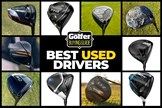Best Used Golf Drivers: Upgrading your golf game without emptying your wallet
Last updated:
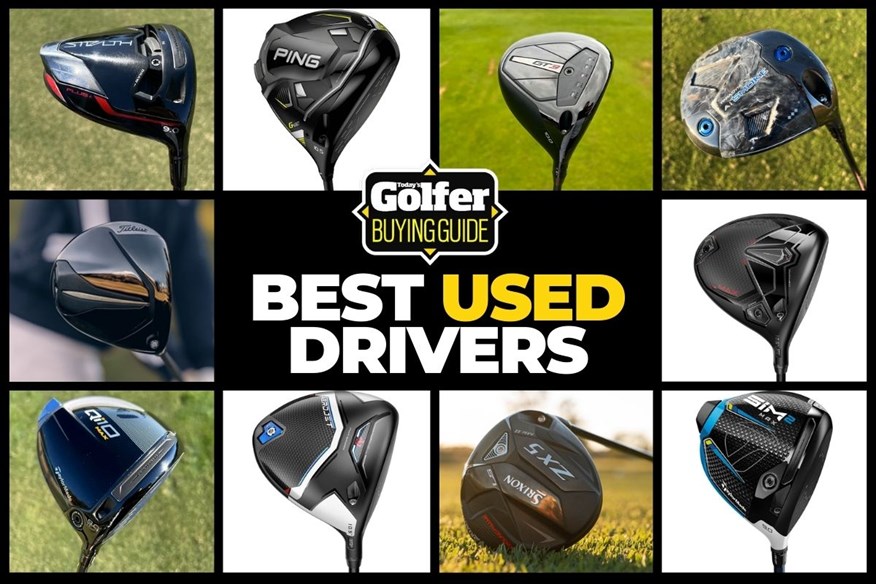
Click here to find out how we conducted our 2025 golf drivers test.
Our expert equipment team has searched high and low to help you find the best used golf drivers available in 2025.
Whether you’re looking for a budget-friendly option or a high-performance model from recent years, buying a used golf driver can be a great way to save money without sacrificing excellent performance on the course. Leading golf brands such as TaylorMade, Callaway, and PING typically renew their driver lineup every few years, to introduce the latest technology into their products. However, once a new model is released, the previous versions – many of which still incorporate cutting-edge features – can often be found second-hand. This is an excellent opportunity for you to upgrade your current driver to newer model at a more affordable price, benefiting from advanced engineering without paying a premium for the newest edition.
With so many options available, selecting the right used driver can feel overwhelming. Different models vary in technology, forgiveness, shaft options, and overall condition, making it crucial to make sure you know what to look for. To simplify the process, we’ve researched and compared a wide range of used drivers, considering factors such as durability, distance, adjustability, and value for money.
Our goal is to provide well-informed recommendations so you can confidently find a used driver that suits your swing and playing style. Oh, and save a few pennies at the same time.
JUMP TO:
- Best used golf drivers overall
- Best used golf drivers 2024
- Best used golf drivers 2023
- Best used golf drivers 2022
- Buying guide
- FAQ’s
Best Used Golf Drivers
Best Overall Used Driver


This driver excels in ball speed and carry distance, with manageable backspin for consistent performance. Its adjustable loft sleeve allows customization of loft, lie, and face angle, catering to various swing types and conditions. Overall, the SIM 2 Max is ideal for golfers seeking forgiveness, distance, and accuracy. It’s particularly well-suited for those struggling with a slice and offers a strong balance of performance and customization.
Read our full TaylorMade SIM 2 Max driver review.
Pros
- Twist Face and Inertia Generator enhance forgiveness on mishits.
- Delivers impressive distance and speed even on off-center hits.
- Adjustable loft sleeve offers personalized loft, lie, and face angle.
Cons
- Advanced players may prefer a more precise, specialized driver.
Best Value Used Driver
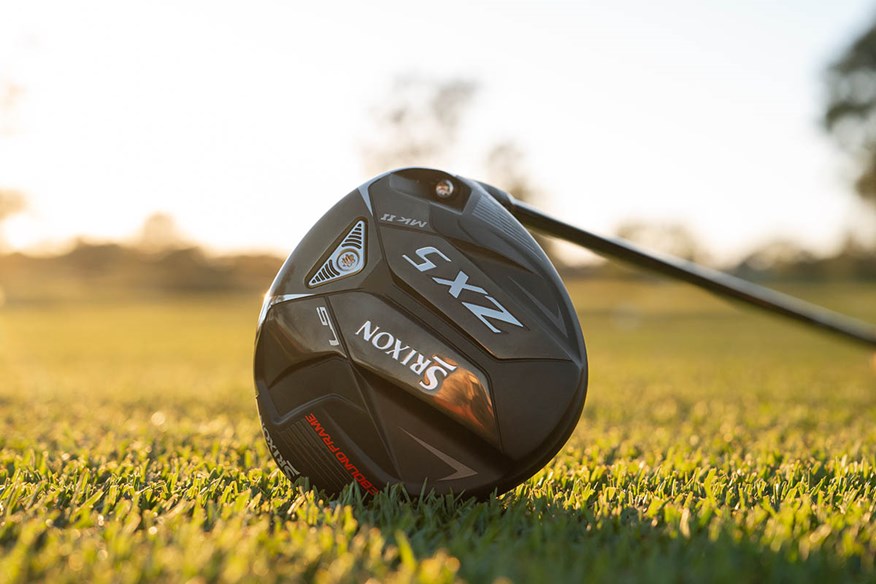

The driver’s Star Frame Crown combines strength and lightness, contributing to better overall performance. Additionally, the low, deep rear weight helps produce high, straight launches, making it ideal for golfers seeking accuracy and forgiveness.
Read our full Srixon ZX5 MK II driver review.
Pros
- The larger sweet spot and Rebound Frame boost ball speed and accuracy.
- The Star Frame Crown adds strength without extra weight, improving overall performance.
- The low, deep rear weight helps produce high, straight shots.
Cons
- While forgiving, the ZX5 Mk II lacks extensive customization options compared to other models.
Best Used Driver for Distance
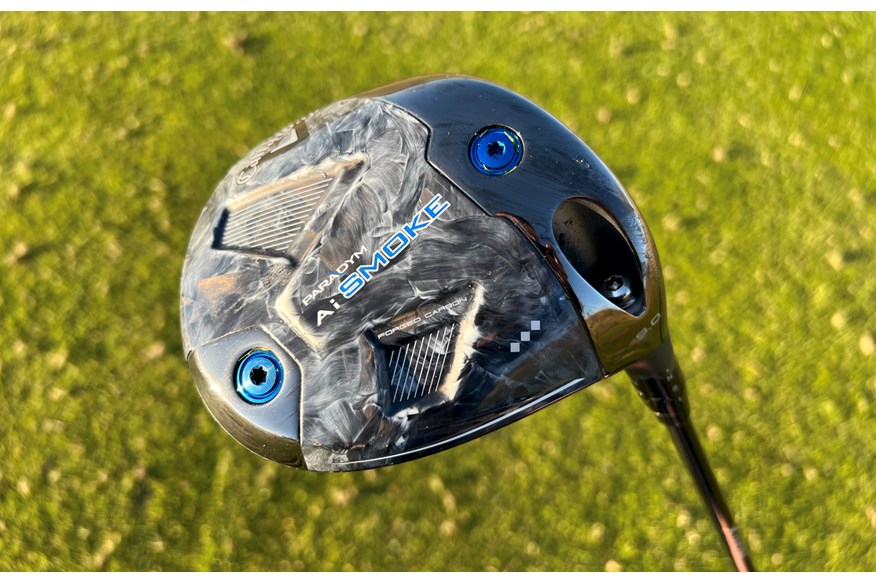

If you do fit the bill and your game is based on consistent hitting at high speeds, we found that our test data highlights the TD as a brilliant performing low spin driver in 2024. At 276 yards carry distance, it was just a single yard back from the very longest and was our test pro’s 2nd longest low-spin driver, posting an overall shot area (593 yds2) just inside our test average.
Read our full Callaway Paradym Ai-Smoke Triple Diamond driver review.
Pros
- AI-Optimized Design – Refined through 50,000 AI-driven prototypes.
- Tailored Performance – Designed for specific swing speeds and impact locations.
- Strong Low-Spin Performance – Among the longest low-spin drivers in 2024.
Cons
- Not incredibly forgiving, and best for swing speeds of 105+ mph.
Best Used Drivers for High Handicappers
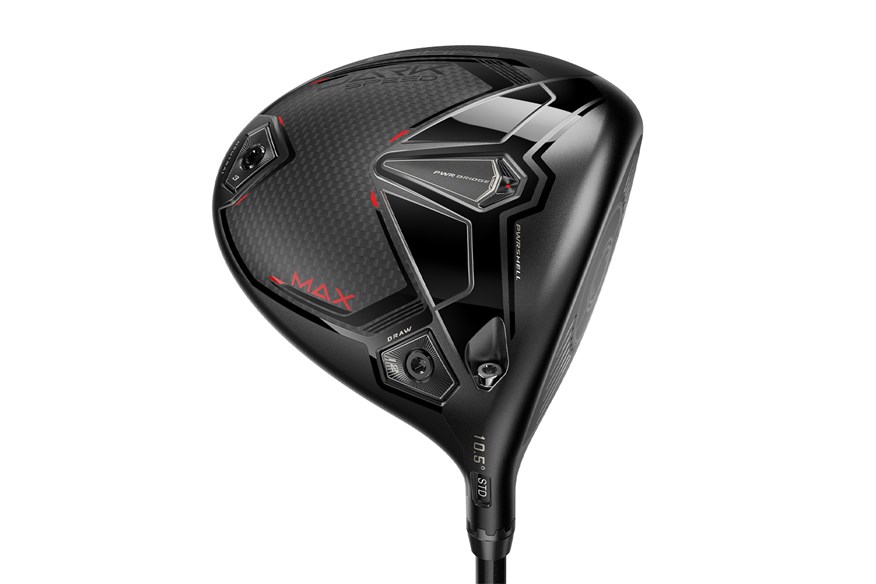

In terms of data, the Max wasn’t my fastest or longest driver but that’s typical for most traditional forgiving models. It wasn’t our test pros in the 'forgiving driver' category either, with 265 yards carry, but perhaps that’s where the benefit lies. It can make the game more playable and enjoyable for everyday club golfers, a point highlighted by producing a shot area smaller than my test average, at 370.8 sq yards.
Read our full Cobra Darkspeed Max driver review.
Pros
- Incredibly soft and responsive feel off the face.
- Fantastic workability thanks to MyFly adjustability and interchangeable weights.
- Outstanding aesthetics - looks great in the bag and behind the ball.
- Makes a very sweet sound.
Cons
- More powerful drivers are available.
Most Forgiving Used Driver


In the hands of our test pro, the Qi10 Max produced a ball speed comfortably above our forgiving driver test average. It was also within 2 yards of our very longest driver (with a stock shaft) for carry distance. Numbers that could easily be reversed on another day’s testing. Throw in a 2nd tightest shot area (dispersion) and you have a powerful and incredibly accurate TaylorMade driver on your hands. In my eyes, and based on our test data, as a golfer who’s never played a TaylorMade driver before, the Qi10 Max is one of the best big dogs available.
Read our full TaylorMade Qi10 Max driver review.
Pros
- A super forgiving TaylorMade driver.
- The bigger profile is confidence inspiring at address.
- The extreme shape and weighting might mean you can use a little less loft to get more ball speed.
Cons
- The oversized head may not suit all golfers.
Best Used Draw Driver for Slice


As has been the case with several generations of SFT, the model is a really good-looking driver. Ping drivers are rarely the fastest or longest, a trend the SFT followed for me this year. However, it was almost spot on my test averages for ball speed, backspin, shot height, descent angle, and carry distance, plus comfortably inside my dispersion average. All in that’s got to say this is a very strong across-the-board performer for slicers, and in its Draw + setting, is probably still one of the most draw-capable drivers on the market.
Read our full Ping G430 SFT driver review.
Pros
- Huge amount of slice reduction in the most draw-biased setting.
- Attractive looks.
- Lots of forgiveness.
- Very accurate.
Cons
- Slightly shorter distances than other draw drivers.
Best Used Drivers from 2024
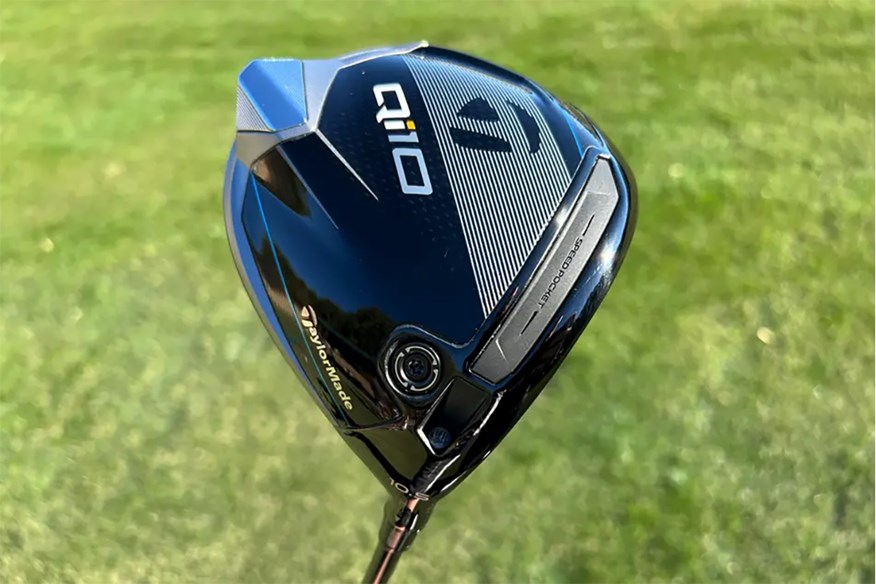

Read our full TaylorMade Qi10 driver review.
Pros
- A good choice if you're already a TaylorMade head shape fan.
- Expect fast ball speeds, but be comfortable with leaving a little forgiveness on the table.
- The Infinity Edge crown gives the impression of being way more forgiving.
Cons
- Smaller head shape won't be appealing to all golfers.
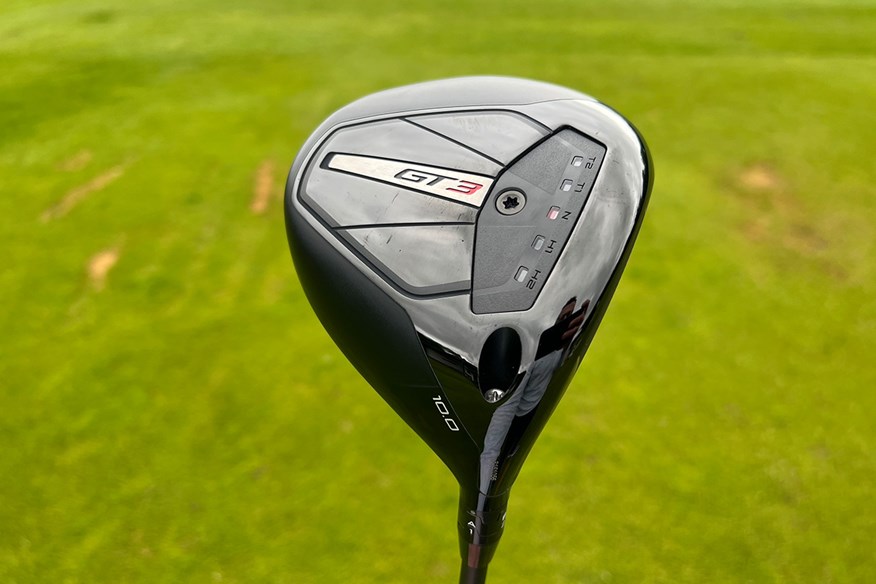

Read our full Titleist GT3 driver review.
Pros
- The ultimate driver in adjustability.
- Ball speed retention off-center hits is noticeably better than TSR3.
- One of the best-looking drivers on the market.
Cons
- On the less forgiving side.
Best Used Drivers from 2023
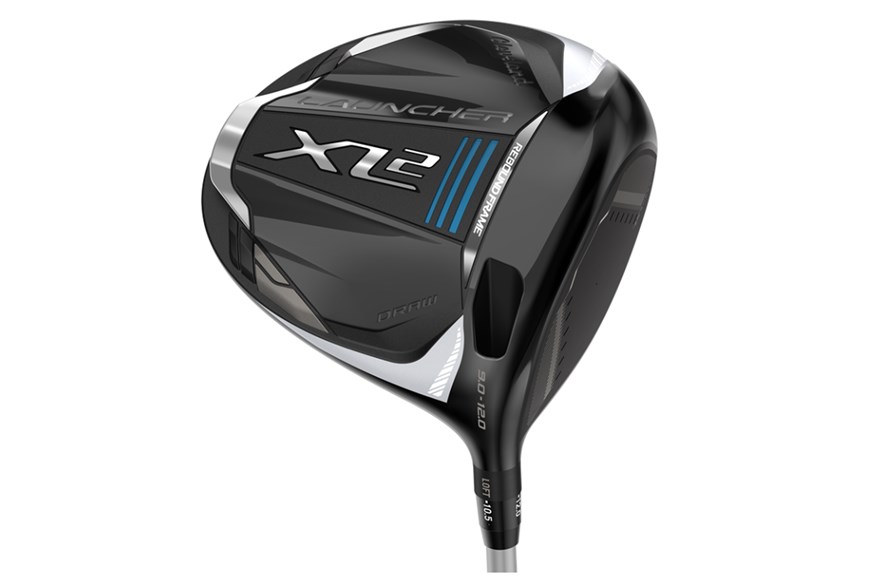

Read our full Cleveland Launcher XL 2 driver review.
Pros
- Large, forgiving clubhead enhances stability and minimizes mishits.
- MainFrame XL Face boosts ball speed for added distance.
- Affordable compared to premium drivers, offering great value.
Cons
- Lacks the premium feel and adjustability of high-end competitors.


Read our full Cobra AeroJet driver review.
Pros
- Improves head speed for greater distance.
- Increases stability and ball speed across the face.
- Various shaft options to suit different preferences.
Cons
- Might not be as forgiving for high handicappers.
Best Used Drivers from 2022


Read our full TaylorMade Stealth Plus+ driver review.
Pros
- Carbon Twist Face delivers impressive speed and distance.
- Helps reduce spin for a more penetrating ball flight.
- Customizable loft and face angle for fine-tuning performance.
Cons
- Less forgiving for golfers with slower swing speeds.


Read our full Titleist TSR1 driver review.
Pros
- Lightweight construction for easier speed generation with moderate swings.
- High forgiveness with improved aerodynamics and deep center of gravity.
- Adjustable loft and lie settings for customized fitting and trajectory.
Cons
- May lack stability for stronger golfers with higher swing speeds.
Best Used Golf Drivers: Buying Guide
Shot Shape
Different drivers are designed to influence your ball flight. Some models have built-in draw bias to help reduce a slice, while others are neutral or fade-biased. If you struggle with a slice, a draw-biased driver can help straighten your ball flight. If you naturally hit a draw or prefer shaping shots both ways, a neutral or fade-biased driver might be a better fit. When buying used, check if the driver’s weighting matches your preferred shot shape or if it offers adjustability to fine-tune ball flight.
Spin
The amount of spin a driver generates affects both distance and control. Low-spin drivers are ideal for players with high swing speeds, as they help reduce excess backspin and maximize carry distance. However, they can be less forgiving on off-center hits. Mid-to-high spin drivers provide more control and can help golfers with slower swing speeds keep the ball in the air longer. When shopping for a used driver, research the model’s spin characteristics to ensure it aligns with your swing.
Forgiveness
Forgiveness is crucial if, like most golfers, you don’t consistently hit the center of the clubface. Game-improvement drivers have larger sweet spots, higher MOI (Moment of Inertia), and perimeter weighting to minimize the impact of mishits. More compact, tour-style models provide additional shot-shaping control but are less forgiving. If forgiveness is a priority, look for a driver with a larger clubface and features designed to reduce the penalty for off-center strikes.
Loft
Loft plays a major role in launch angle and distance. Players with slower swing speeds generally benefit from higher lofts (10.5° to 12°), as they help get the ball airborne more easily. Those with faster swing speeds often prefer lower lofts (8° to 9.5°) to optimize launch and reduce excess spin. Many modern drivers allow loft adjustments, so choosing an adjustable model provides flexibility if you are unsure about the ideal loft for your game.
Adjustability
Many modern drivers feature adjustable hosels and movable weights, allowing players to tweak loft, lie angle, and shot shape. Adjustable hosels let you increase or decrease loft to optimize launch conditions, while movable weights shift the center of gravity to influence ball flight, helping to reduce a slice or encourage a draw. When buying a used adjustable driver, check if the adjustment tool is included or readily available for purchase.
Custom Fitting
Even a used driver can be fine-tuned to fit your game. Professional fitting services can help optimize performance by replacing the shaft, adjusting loft and lie angles, or simply regripping the club for better comfort and control. A properly fitted used driver can perform just as well as a new one, making it a great option for golfers looking to save money without sacrificing performance.
Budget
One of the biggest benefits of buying used is the cost savings compared to new models. Drivers from recent years often perform similarly to the latest releases but are available at a fraction of the price. Purchasing from a reputable seller or a certified pre-owned program can provide additional peace of mind, as some retailers offer warranties or return policies. It’s also worth factoring in potential costs for replacing grips or shafts, as minor upgrades can further enhance performance while keeping overall expenses lower than buying new.



